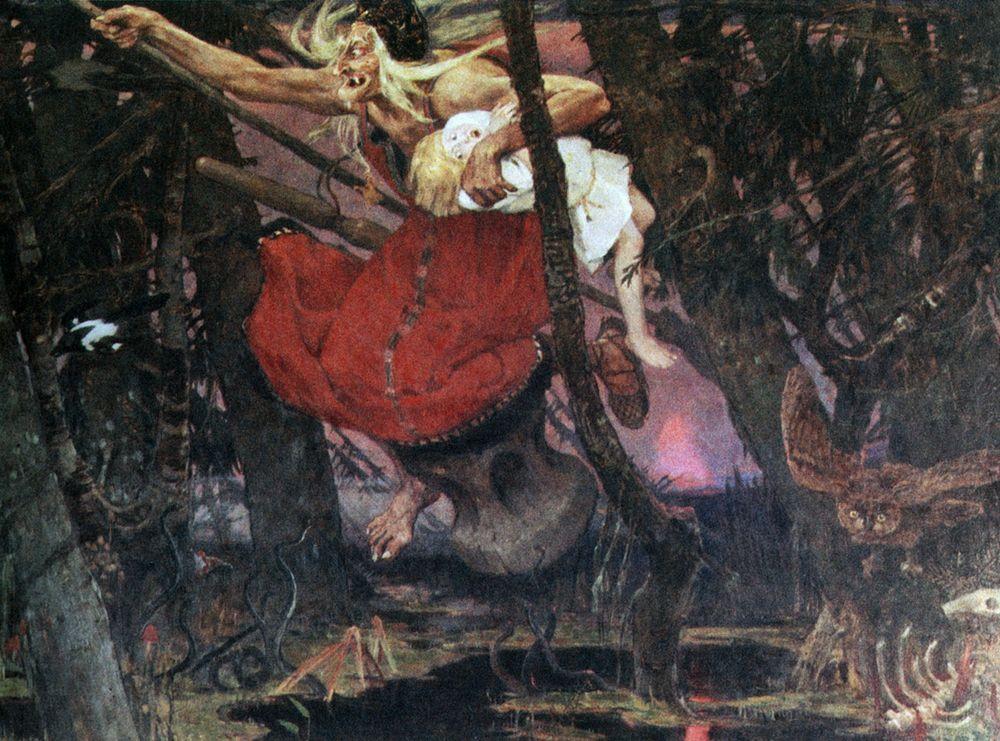
The Magic Comb: A new post at Return to Mago
March 15, 2013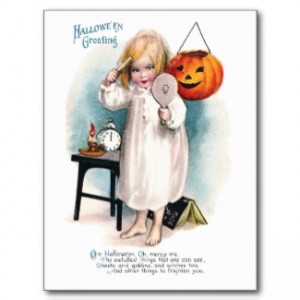 I have written an article on the comb as a shamanic tool at the Return to Mago blog.
I have written an article on the comb as a shamanic tool at the Return to Mago blog.
Eostre and the Egg
March 8, 2013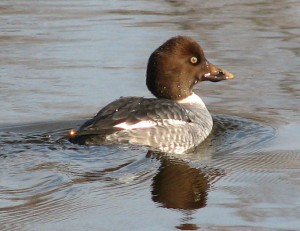
From one half the egg, the lower,Grows the nether vault of Terra:From the upper half remaining,Grows the upper vault of Heaven;From the white part come the moonbeams,From the yellow part the sunshine,From the motley part the starlight,From the dark part grows the cloudage;And the days speed onward swiftly….
Spurred by the lengthening days at the spring equinox, birds begin to lay their eggs, and egg gathering forms the basis for many spring rites. The custom of dying and decorating chicken eggs probably began as a way of mimicking the many colors and designs of wild bird eggs that were once gathered in the spring hunts.In the Netherlands to this day there are spring hunts for the eggs of the wild Lapwing, who makes her nest on the ground. Bird nests probably formed the inspiration for basket weaving, and perhaps before this innovation people gathered their eggs in nests.Another animal who nests in the tall grass in the early spring is the European Brown Hare, who makes a rudimentary nest or “form” for each of her babies. This is where we get the idea that the “Easter Bunny” is hiding eggs. The hare is also linked with the moon, itself shaped like an egg, because the outline of a hare holding an egg can be seen on the moon’s surface.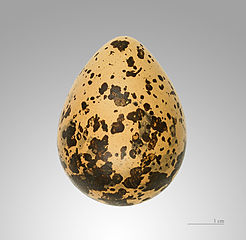
Eosturmonath has a name which is now translated “Paschal month” and which was once called after a goddess of theirs named Eostre, in whose honour feasts were celebrated in that month. Now they designate that Paschal season by her name, calling the joys of the new rite by the time-honoured name of the old observance.
So we have a spring folk custom of a bunny who hides eggs or treats, baskets lined with goodies and fake grass, and organized hunts for colorful eggs, all associated with an old Germanic (Anglo-Saxon) holiday. Moreover, spring hare folklore can be traced to Germany and egg hunts to the (Germanic) Netherlands, among other places. It certainly looks like a traditional Pagan holiday, barring direct evidence to disabuse us of this assumption. Surprisingly, there are many Christians, historians, and even Pagans who have taken on the mission of disabusing us of the notion of Easter as a Pagan holiday.Part of this hinges on the fact that Bede does not mention hares or eggs in connection with Easter. These can therefore be assumed, if desired, to be of recent origin. It always makes sense to our detractors to assume recent origin for customs embraced by modern Pagans, even in the face of contradictory evidence. The bar for acceptability of evidence can be made extremely high, or, failing that, evidence can be simply ignored with ignorance forming the justification for saying “no evidence exists.”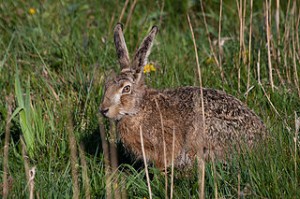
Hosking, Rebecca. “The Lapwing – the unsung hero of Easter and farmland icon” Permaculture Inspiration for Sustainable Living, April, 2011.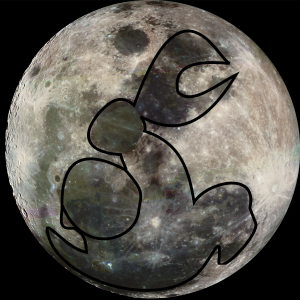 Hunt-Anschütz, A.E. Eostre and Easter Customs. Association of Polytheist Traditions, 2006. Note: I got my quote from Bede from this article. In some ways this article illustrates the type of poor Pagan scholarship I’m talking about. For example, pre-Christian hare associations are legion, and others have traced the introduction of hares into Christianity from Celtic pagan practices (see Hare by Simon Carnell). Do an exhuastive study before stating “there is no reason to believe.” Also, stating “the symbolism surrounding” an item “fits into” Christianity begs the question. Find out how and why something without Biblical associations was “fitted into” Christian practices. In fairness, the author does concede that it’s implausible to say St. Bede was making up goddesses.
Hunt-Anschütz, A.E. Eostre and Easter Customs. Association of Polytheist Traditions, 2006. Note: I got my quote from Bede from this article. In some ways this article illustrates the type of poor Pagan scholarship I’m talking about. For example, pre-Christian hare associations are legion, and others have traced the introduction of hares into Christianity from Celtic pagan practices (see Hare by Simon Carnell). Do an exhuastive study before stating “there is no reason to believe.” Also, stating “the symbolism surrounding” an item “fits into” Christianity begs the question. Find out how and why something without Biblical associations was “fitted into” Christian practices. In fairness, the author does concede that it’s implausible to say St. Bede was making up goddesses.
WITCHCRAFT IN EUROPE 400-1700: A documentary history, 2nd edition (Review)
March 1, 2013 Edited by Alan Charles Kors and Edward Peters (University of Pennsylvania, 2001)Much of the information available to pagans about the witch persecutions of European origin is biased and distorted, if not downright inaccurate. This is even (or especially) true of information from academic sources, which often have a strong antifeminist bias as well as a fear of appearing to validate twenty-first century pagan notions. Reviewing source material can cut through a lot of this prejudice and misinformation to give a more accurate understanding of the prejudice and misinformation that sparked the witch hunts.Witchcraft in Europe is a collection of sixty-nine texts tracing the evolution of Christian belief about witchcraft. Included are theological writings, excerpts from witch trials, personal accounts by witch hunters, and essays by clerics and non-clerics questioning the validity of witch persecutions. Of particular value are the forty-one illustrations that reflect the understanding of artists of the period about witchcraft.By looking at documents such as these we are by definition getting a biased account. These men (they are all men) were of similar religion, social class, and education, whatever their beliefs on the witchcraft question, and they themselves were limited in access to accurate data. Still, a look at their thought processes, understanding of the world, and personal motivations reveals a great deal about how the persecutions originated and provides a few insights as to why the fear of witchcraft grew to such monstrous proportions.The original edition of this book concentrated on the twelfth to the seventeenth centuries, and most books about the witch persecutions focus on a narrower period than this, coinciding with the most intense trial activity. The editors decided that a longer view was necessary in gaining an accurate understanding of the development and evolution of beliefs about witchcraft. The longer historical period in itself makes this book superior to most others, although an understanding of history regarding paganism and witchcraft before and after this timeframe is also important.There is an introduction to each of the texts giving a background of the author along with a summary of his other work, which is very helpful. There is also a forty page introduction, which has some biases. Read the rest of the book and form your own conclusions.I have had this book on my shelf for years and have read many sections numerous times, but it was not until this year that I actually read the whole 400+ pages in order from start to finish. I have to admit it was painful, alternately tedious and infuriating, but in the end worth the effort.
Edited by Alan Charles Kors and Edward Peters (University of Pennsylvania, 2001)Much of the information available to pagans about the witch persecutions of European origin is biased and distorted, if not downright inaccurate. This is even (or especially) true of information from academic sources, which often have a strong antifeminist bias as well as a fear of appearing to validate twenty-first century pagan notions. Reviewing source material can cut through a lot of this prejudice and misinformation to give a more accurate understanding of the prejudice and misinformation that sparked the witch hunts.Witchcraft in Europe is a collection of sixty-nine texts tracing the evolution of Christian belief about witchcraft. Included are theological writings, excerpts from witch trials, personal accounts by witch hunters, and essays by clerics and non-clerics questioning the validity of witch persecutions. Of particular value are the forty-one illustrations that reflect the understanding of artists of the period about witchcraft.By looking at documents such as these we are by definition getting a biased account. These men (they are all men) were of similar religion, social class, and education, whatever their beliefs on the witchcraft question, and they themselves were limited in access to accurate data. Still, a look at their thought processes, understanding of the world, and personal motivations reveals a great deal about how the persecutions originated and provides a few insights as to why the fear of witchcraft grew to such monstrous proportions.The original edition of this book concentrated on the twelfth to the seventeenth centuries, and most books about the witch persecutions focus on a narrower period than this, coinciding with the most intense trial activity. The editors decided that a longer view was necessary in gaining an accurate understanding of the development and evolution of beliefs about witchcraft. The longer historical period in itself makes this book superior to most others, although an understanding of history regarding paganism and witchcraft before and after this timeframe is also important.There is an introduction to each of the texts giving a background of the author along with a summary of his other work, which is very helpful. There is also a forty page introduction, which has some biases. Read the rest of the book and form your own conclusions.I have had this book on my shelf for years and have read many sections numerous times, but it was not until this year that I actually read the whole 400+ pages in order from start to finish. I have to admit it was painful, alternately tedious and infuriating, but in the end worth the effort.
The Dianic Religion: What We Believe and How We Practice
February 22, 2013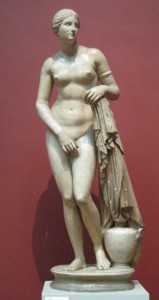
Divine Animals
February 15, 2013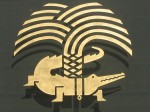
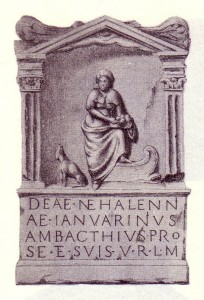
Coyote Magic
February 8, 2013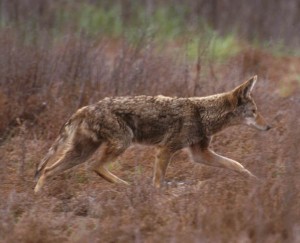
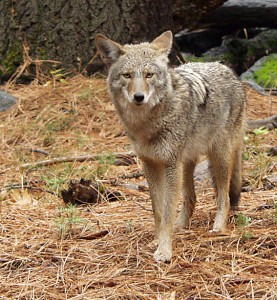
The Origins of Candlemas
February 1, 2013
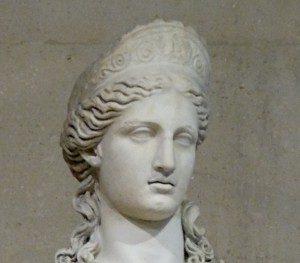
Baba Yaga and the Pelican
January 25, 2013
Michael Shapiro (1983) finds that Baba Yaga is derived from two prehistoric theriomorphic prototypes – the snake and the pelican. The Slavic word baba, like other Slavic kinship terms, has been applied to species of plants and animals. Baba has come to be the indigenous term for the pelican in some Russian, Ukrainian, Bulgarian, and Upper Sorbian dialects…
The pelican depends mostly on fresh fish kills for her diet, but she is also a scavenger who has undoubtedly dogged humans since we began fishing. An animal which develops a symbiotic relationship with humans often becomes a divinity. Baba Yaga is depicted today as an old woman, and she parallels the grandmother owl and raven goddesses of northern Europe, who are scavengers or predators like the pelican. Baba Yaga is usually described as having a very long nose, and sometimes a pronounced chin as well, which also evokes the pelican. The pouch of the pelican can be compared to the skin hanging from the jowls of an old woman, and the large body of the pelican is like the sturdy stout figure many women develop as they age.Marija Gimbutas has documented in detail the fondness of Neolithic European cultures for water bird goddesses. While in most cases it is impossible to know what type of water bird is being depicted, it would make sense for the pelican to be represented. Outside of warm climates the pelican is a migratory bird, it typically lives in flocks, and (at least in Europe) it is mostly white. I won’t go into the reasons for this now, but migration, communal living, and the colors black, white or red usually have special religious or magical significance. The Dalmatian Pelican is usually silent in adulthood except when breeding, a detail I find fascinating because Baba Yaga is known for her long silences. Johns sees the erratic head feathers that distinguish this species as related to the messy hair attributed to Baba Yaga. Another interesting detail is that Baba Yaga never walks anywhere except in her house or yard. She flies in a mortar, using the pestle to steer, and she either uses a broom to sweep away her sky tracks, or she ditches the mortar and pestle and uses the broom to fly instead. Baba Yaga’s penchant for flying has led many to surmise that she must have once been a bird goddess.One problem with associating Baba Yaga with the aggressive pelican is that she is a rather ambiguous figure in Russian literature. Usually she is a dangerous witch, ugly in every sense of the word, but sometimes she is a wise old woman who helps the protagonist – and sometimes she is both. This contradiction becomes even more pronounced when we move into the Balkan region. Radomir Ristic says
The Balkan Baba is quite different from Russian Baba Yaga because she is much less negative and evil, and quite possibly [the] only way that the two are related is the fact that both of them are old women. However, if we know that people and Witches have different opinions of Forest Mother, we can assume that their opinions of Baba also differ. She is still the “ancestor” who helps her generations, and if she picks someone to be her pupil, they are not in danger because that person has passed all manner of tests that they are not even aware of. She only punishes selfish and evil people who want magical knowledge solely for selfish goals or material profit.
Johns does not see the pelican as a negative association for Baba Yaga. “If we associate the snake with Yaga’s wicked aspect, the pelican can be associated with her good aspect (which in turn connects her with the bird and Great Goddesses). As the benevolent Baba Yaga is forced into the background, now appearing only as a relic, the pelican disappears.” The pelican has a mythical association with sacrifice and selfless motherhood, an association predating Christianity which nevertheless became a popular allegory of Christ’s martyrdom. The story goes that a mother pelican unable to provide for her chicks during a famine pierced her own chest so the chicks could drink her blood. This may be linking the blood of the womb with the pelican as mother goddess. At any rate pelican mothers and fathers do work tirelessly to feed their insatiable brood, and they defend their young forcefully against predators.I see the pelican as embodying both the benevolent and the cruel sides of Baba Yaga. This bird arouses conflicting feelings and cannot be easily categorized. The pelican holds the key to many of life’s more complex mysteries. 